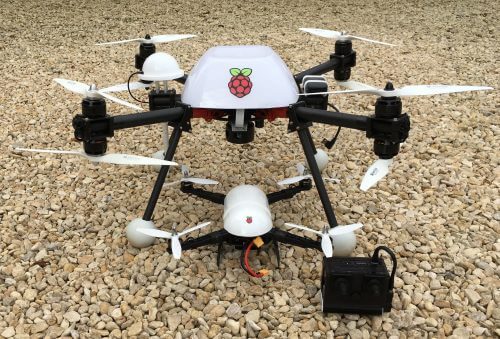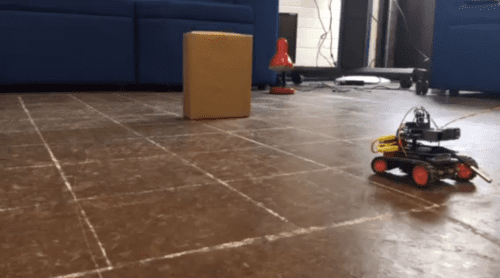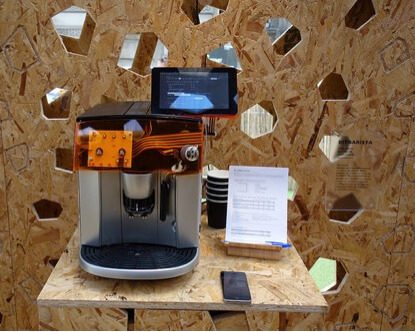Schlagwort: autonomous
-

Autonomous drones (only slightly flammable)
Reading Time: 3 minutesI had an email a little while ago, which opened: “I don’t know if you remember me, but…” As it happens, I remembered Andy Baker very well, in large part because an indoor autonomous drone demo he ran at a Raspberry Pi birthday party a couple of years ago ACTUALLY CAUGHT FIRE.…
-

UK soldiers design Raspberry Pi bomb disposal robot
Reading Time: 2 minutesThree soldiers in the British Army have used a Raspberry Pi to build an autonomous robot, as part of their Foreman of Signals course. Meet The Soldiers Revolutionising Bomb Disposal Three soldiers from Blandford Camp have successfully designed and built an autonomous robot as part of their Foreman of Signals Course at…


